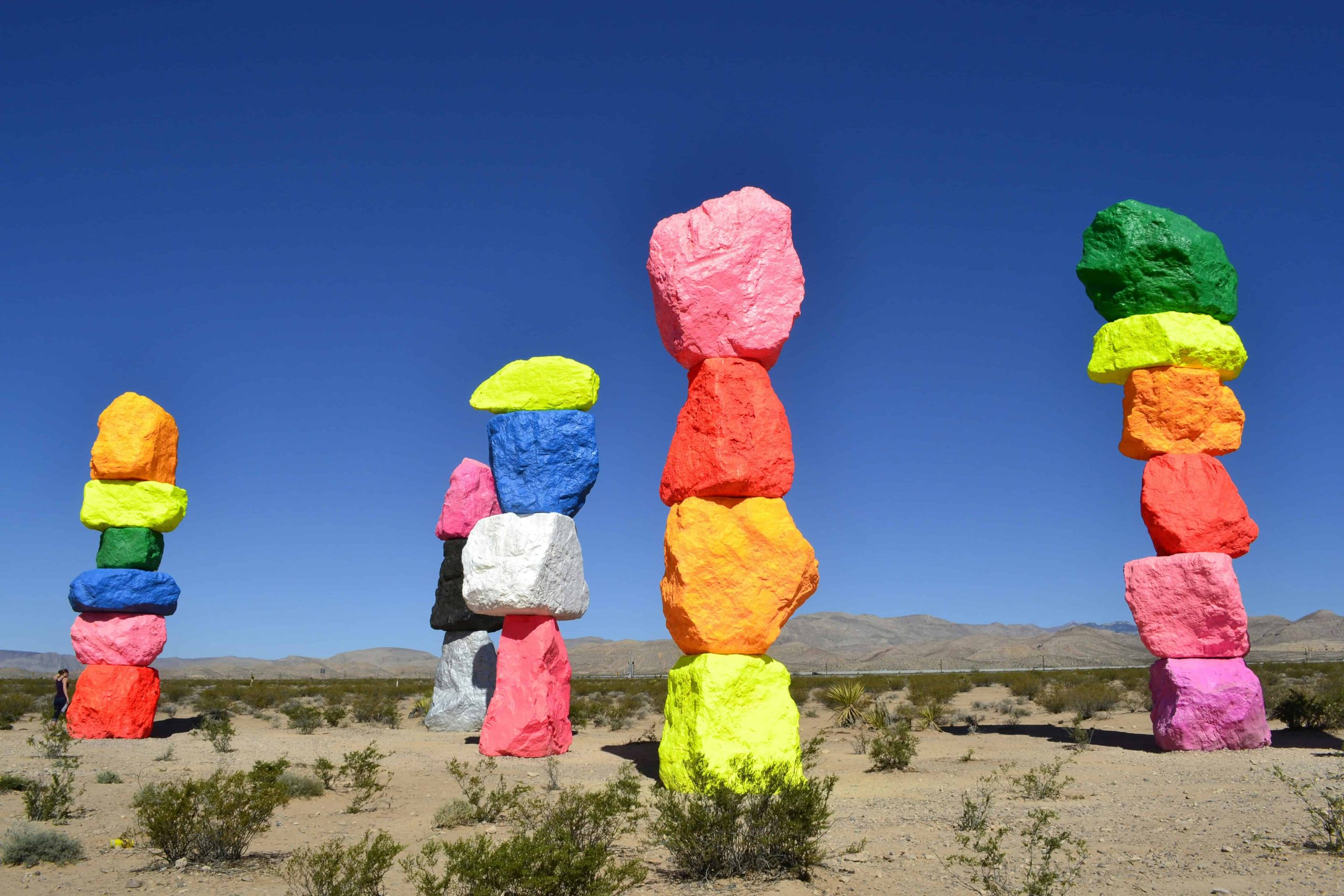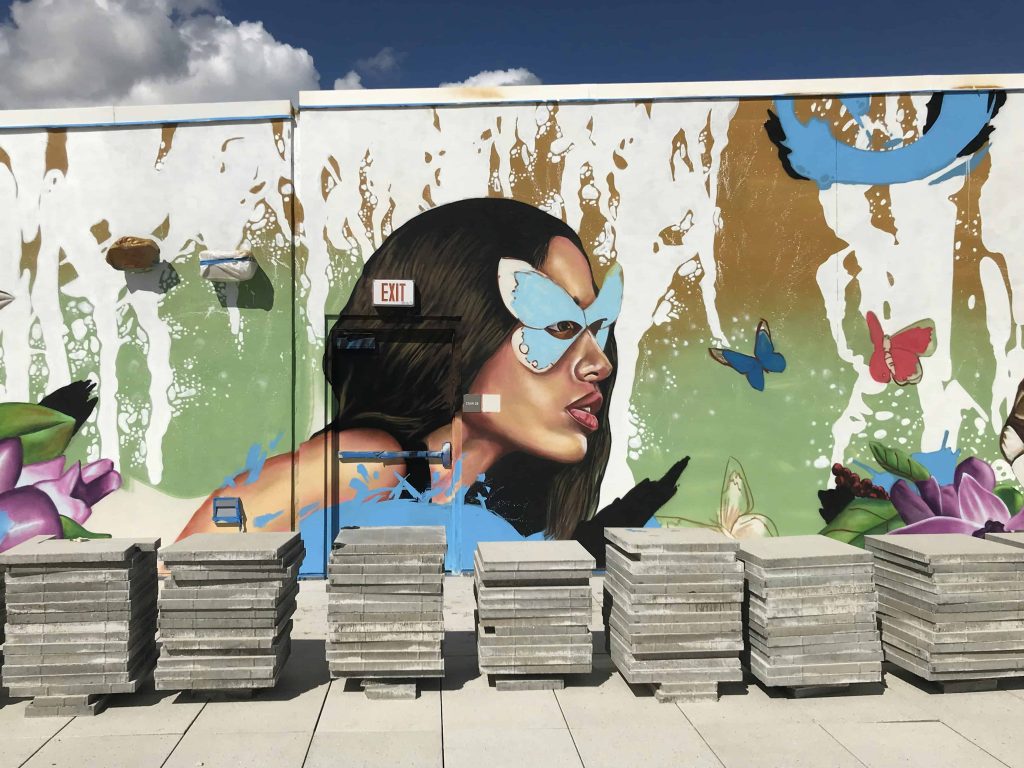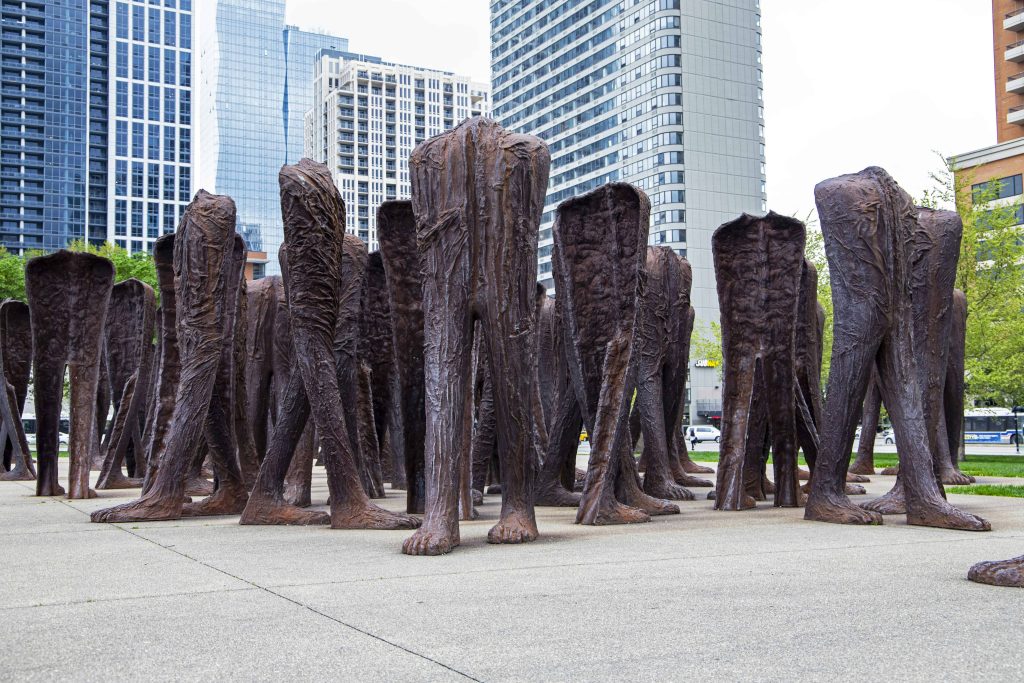
10 Jul Public Art Installations as Promotional Tools
Public Art Installations: A New Frontier in Promotion
In the bustling landscape of urban environments, public art installations have emerged as more than just aesthetic enhancements. They have become powerful promotional tools, offering unique advantages over traditional advertising methods. This article delves into the realm of public art as a promotional strategy, exploring its benefits, challenges, and future potential.
Public art installations are artistic creations displayed in communal spaces, enriching the cultural fabric of cities and towns. They range from sculptures and murals to interactive installations, often reflecting local heritage or contemporary themes. Beyond their intrinsic artistic value, these installations have garnered attention as effective promotional mediums.

Benefits of Public Art Installations as Promotion
Increased Brand Awareness and Recognition
Public art installations possess a magnetic quality, drawing attention and fostering curiosity among passersby. Through their captivating presence, they offer brands an opportunity to embed themselves into the fabric of everyday life, generating lasting impressions and reinforcing brand recognition. By integrating seamlessly into urban landscapes, these installations create a positive association with the sponsoring brand.
Fostering Engagement and Interaction
One of the most significant advantages of public art as a promotional tool is its ability to spark engagement and interaction. Whether it’s through interactive elements or thought-provoking designs, these installations invite audience participation, encouraging individuals to share their experiences on social media platforms. Furthermore, they serve as catalysts for community engagement, strengthening the bond between the brand and its audience.
Storytelling and Emotional Connection
Art has an unparalleled ability to convey narratives and evoke emotions. When used in promotional contexts, public art installations serve as storytelling platforms, enabling brands to communicate their values and messages in a compelling and creative manner. By eliciting emotional responses from viewers, these installations leave a lasting imprint on their minds, fostering a deeper connection with the brand.

Challenges of Using Public Art for Promotion
Balancing Artistic Integrity with Promotional Goals
One of the primary challenges in leveraging public art for promotion is striking a balance between artistic integrity and promotional objectives. It’s essential for brands to ensure that their installations resonate authentically with the surrounding environment and community, avoiding overt commercialism that could alienate audiences.
Securing Funding and Permissions
Unlike traditional advertising channels, public art projects often require substantial funding and permissions. Brands must navigate the complexities of securing sponsorships, grants, and permits, as well as obtaining approvals for installation in public spaces. This necessitates collaboration with local authorities and stakeholders to bring the vision to fruition.
Measuring Success and Return on Investment
Measuring the impact of public art installations poses a significant challenge for marketers. Unlike quantifiable metrics associated with traditional advertising, such as click-through rates or impressions, assessing the success of art-based promotions requires more nuanced approaches. Brands must define clear objectives and employ creative measurement techniques to gauge the effectiveness of their campaigns.

Conclusion
In conclusion, public art installations offer a compelling avenue for brands to connect with audiences in meaningful ways. By harnessing the power of artistic expression, brands can elevate their promotional efforts, leaving a lasting impression on viewers. However, successful implementation requires careful consideration of artistic integrity, funding logistics, and measurement strategies. As brands continue to explore the potential of public art as a promotional strategy, the boundaries of creativity and innovation will be pushed, ushering in a new era of brand engagement and cultural enrichment.
Key Takeaways
- Public Art Installations Enhance Brand Visibility: They attract attention and foster curiosity, embedding brands into the daily lives of audiences and reinforcing recognition.
- Engagement and Interaction: Public art encourages audience participation, sparking community engagement and facilitating social media sharing.
- Storytelling and Emotional Connection: Art installations serve as storytelling platforms, allowing brands to convey their values and messages creatively, fostering emotional connections with viewers.
- Challenges Include Balancing Artistic Integrity and Promotional Goals: Brands must ensure installations resonate authentically with communities, avoiding overt commercialism.
- Securing Funding and Permissions: Public art projects require substantial funding and permissions, necessitating collaboration with local authorities and stakeholders.
- Measuring Success: Assessing the impact of art-based promotions requires creative measurement techniques due to the qualitative nature of viewer responses, necessitating clear objectives and strategies for evaluation.
FAQs
How do public art installations enhance brand recognition?
Public art installations capture attention, fostering curiosity and embedding themselves into everyday life. By seamlessly integrating into urban landscapes, they generate lasting impressions, reinforcing brand recognition, and creating positive associations with the sponsoring brand.
What challenges do brands face when using public art for promotion?
Brands encounter challenges such as balancing artistic integrity with promotional goals, securing funding and permissions, and measuring campaign success. It’s crucial to ensure installations resonate authentically, collaborate with local authorities, stakeholders, and employ creative measurement techniques to gauge effectiveness.
How do public art installations foster engagement and emotional connection?
Public art installations spark engagement through interactive elements and serve as storytelling platforms, communicating brand values creatively. By eliciting emotional responses, they leave lasting imprints on viewers’ minds, fostering deeper connections with the brand.
Join us on a journey of discovery as we uncover the meticulous care routines essential for maintaining the pristine condition of art collections, elevating their value and significance.

